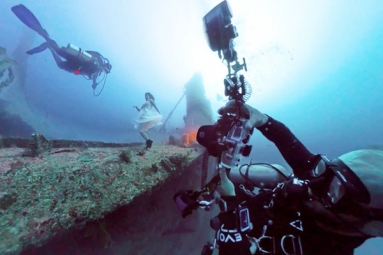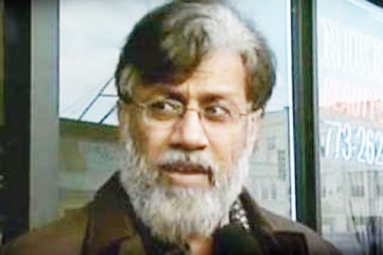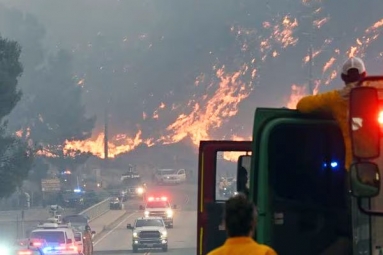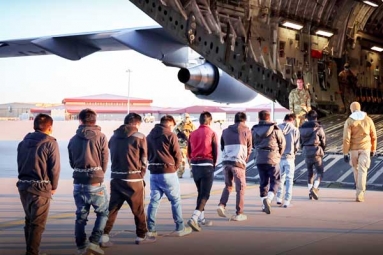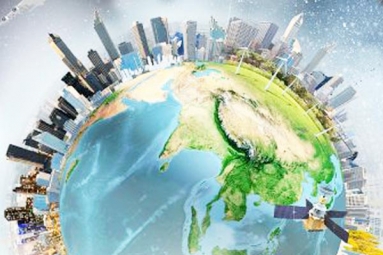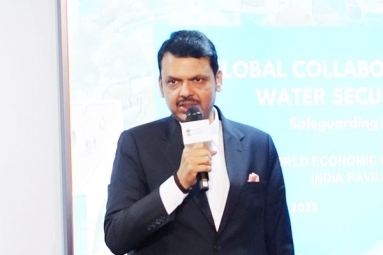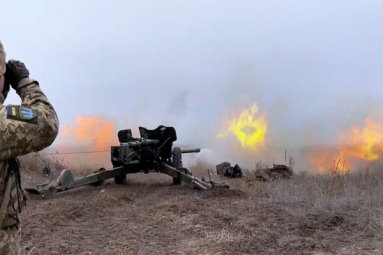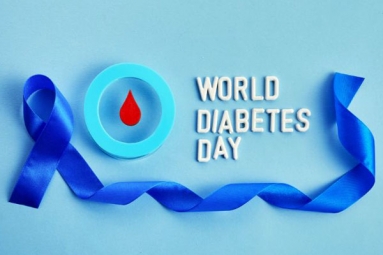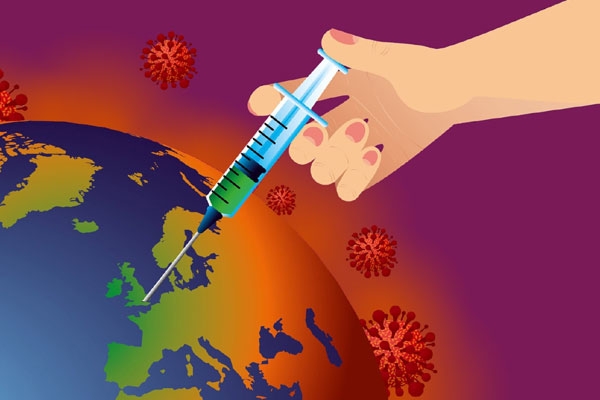
(Image source from: teoridergisi.com)
The world needs 4.7 billion doses of COVID-19 vaccine to reach the herd immunity level.
As per reports the annual capacity of coronavirus vaccines needed for the entire world is 8 billion doses. According to sources, India has the capacity to produce 3 billion doses of the vaccine.
The availability of the first doses of the vaccine to a country will depend on the government’s ability to strike deals with the manufacturers. Several countries have already signed deals which include the US and UK.
They both signed the deals for oxford’s vaccine to get their first doses. The remaining doses, if any, will be distributed to Netherlands, France, Germany and Italy.
For India, Oxford has a deal with Serum Institute of Pune and the company had said that it will make billion doses of the vaccine and a large chunk will be available for Indians.
China has 3 vaccine candidates in stage 3 and has said that it will get the first access to the vaccine but will treat the vaccine as a global public good.
However, a ground breaking global alliance will ensure fair and equitable access to the vaccines produced across the world even to the low income countries.
75 countries will pay for the vaccines being distributed to other countries via public health funds. Each country will be assured at least 20 percent of the doses to the vulnerable and critically ill people across low income countries.
As India is a middle income country, it will also get access to the vaccines for 20 percent of its population.
About 2 billion doses of the vaccines will be needed to cover health care workers and other high risk groups.
First doses of the vaccines will go to health care workers, elderly who are at more risk, and other high risk groups at hospitals. To achieve the herd immunity, the world will need nearly 4.7 billion doses of vaccines.
After the health care workers and hospital staff, the next priority will be given to people in the high risk zones.
World wide distribution of the vaccine is a challenging job and it requires large scale coordination between manufacturers, companies, countries and alliances.
However, India is one of the largest manufactures in the world that can produce 70 percent of the UNICEF’s vaccines. It has a capacity to produce 3 billion doses annually.
But the issue lies in investment in manufacturing. We do not know which vaccine will work properly and m-RNA is the new type of technology being used to produce vaccines that have been never used before. Several details will be clarified once the phase 3 testing of all vaccines is completed.
By Gayatri Yellayi






